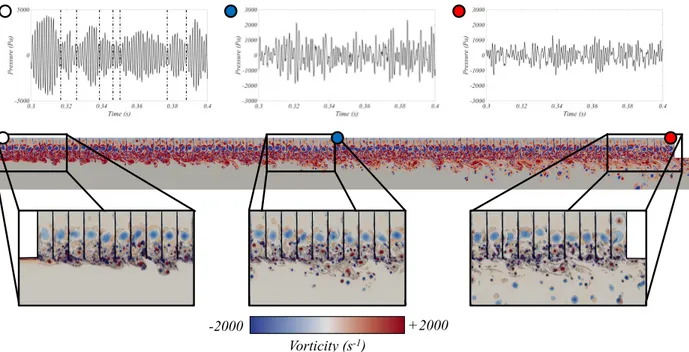LES of the aero-acoustic coupling in acoustic liners containing multiple cavities
Texte intégral
Figure




Documents relatifs
The most “harmful” effect obtained by opening the vases (positive difference in the measured RT values) is found in the 500 Hz frequency band, with a slight average
Dusty plasmas containing negative ions imply a reduced charging of the grains due to electron attachment and dust grains can become positively charged, this especially in the case
2) The flowfields are calculated neglecting the flow resistance (due to dissipation) at cavity entrance. The amplitude of the acoustic wave inside the cavity will be over-evaluated
[r]
Using Brillouin scattering, we have measured the variation of the elastic constant C44 with pressure. There is good agreement between the experimental values and
8 which present the evolution of insertion losses and frequency (phase velocity) monitored for different temperatures, the IL and phase of the microbalance are significantly
Evolution of experimental frequency & insertion losses monitored for different temperatures with the SiO 2 + S1813 guiding layer.. Measurement assessment:
Later, as the time increases more and more, the contribution of the saddle point becomes weaker and weaker, so that the value of the integral reduces to the residue term: the modal



